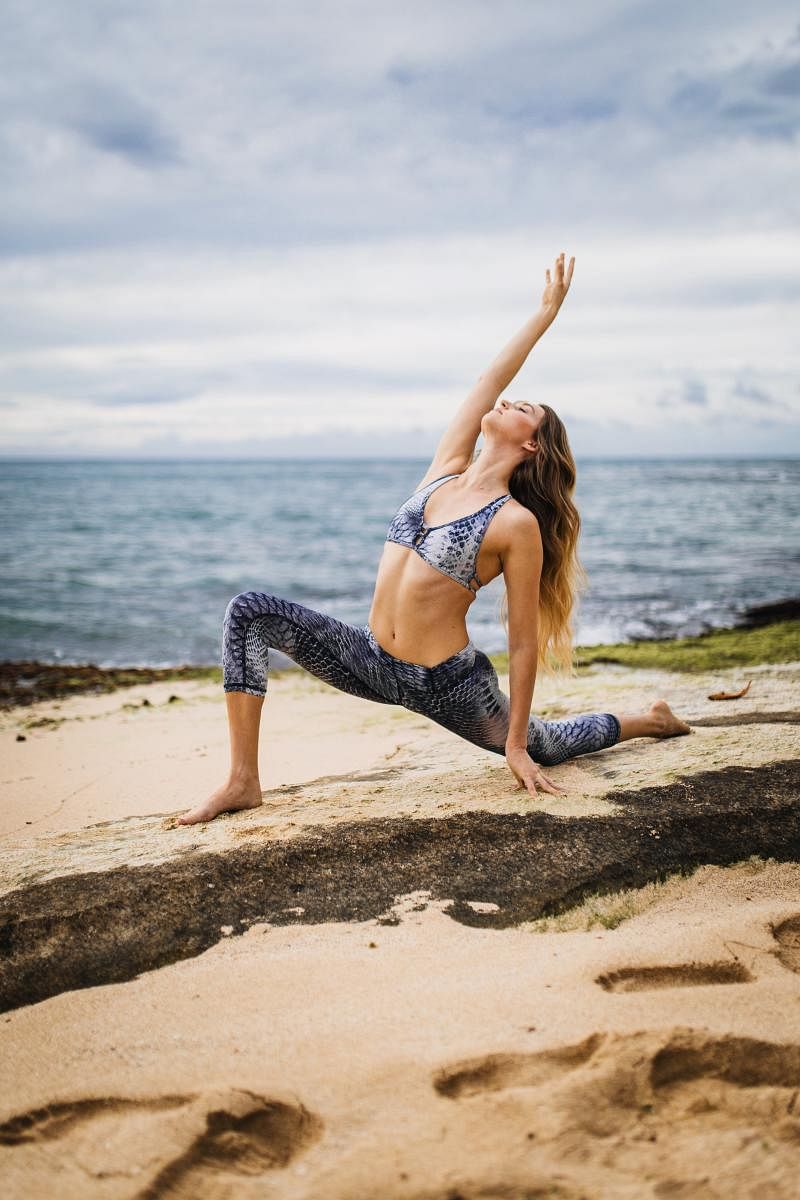
It has been established that the key to physical wellness is movement, however, it is not only important that we move, but that we move well. Sound movement pattern merely implies, among other things, that we are engaging the right muscles to perform a movement and not placing excessive stress on structures like joints, muscles, ligaments, etc.
Compensatory movement patterns can occur due to a few reasons and if not corrected in a timely manner, can be detrimental to movement and overall physical wellness.
One reason for compensatory movement patterns is pain caused by an injury. In order to avoid the sensation of pain, we instinctively tend to stay clear of placing any stress on the injured muscle, bone, etc., (think of how we shift our weight to the opposite side when we have sprained our ankle or fractured a leg).
In the case of injury, rehab is key in restoring sound movement patterns.
Another big reason for compensatory movement patterns is muscular tightness which causes limited Range of Motion (ROM). ROM is basically the full movement potential of a joint and when this is compromised due to muscle tightness, we tend to adopt compensatory movement patterns that could lead to further dysfunction.
Muscles are attached to bones and have a point of origin and insertion. Movement occurs when muscles contract/ shorten and pull on bones bringing their point of insertion closer to their point of origin (think of how the biceps contracts in order to bend the elbow).
Muscles can become shortened passively through postural adaptation (e.g., sitting for long hours at a desk in poor posture) and can also become shortened actively, due to spasm or contraction (e.g., during a heavy workout).
Regardless of the cause, tightness limits range of motion and may create a muscle imbalance. The best way to counter the risk of injury caused due to limited ROM brought on by muscular tightness and to restore sound movement pattern is stretching. Stretching generally focuses on increasing the length of the distance between a muscle’s origin and insertion as muscle tension is usually inversely related to muscle length. Two main stretching techniques that are commonly practised are — Static & Dynamic. The most popular technique is static stretching where a muscle is stretched, either actively (performed by the person performing the stretch) or passively (by a partner) to the point of where the stretch sensation is experienced and held at that point for about 15 to 30 seconds. This technique is best-performed post-exercise or during the course of the day when one experiences any type of “tightness” and is generally not suitable before exercise as it could bring the muscle to a relaxed state, which is not ideal.
Dynamic or Active stretching generally involves moving a limb through its full range of motion to the end ranges and repeating a few times without holding the stretch. This technique is ideal just before any sort of physical activity as it prepares the body for movement by increasing the blood flow to the working muscles.
While stretching is recommended to maintain or gain a sound movement pattern, it is also possible to over-stretch which can result in damage to muscles, tendons or ligaments. These structures that are responsible for stabilising and controlling joints can become lax and are then unable to provide adequate support to the joints, causing them to become unstable. Therefore, it is essential that you ensure that the stretches you choose to do take into consideration your lifestyle, the type of exercise you engage in, your body’s limitations, and any existing injuries or imbalances you might have.
(The author has over a decade of experience in the fitness industry. She is certified in various areas of fitness such as Posture Analysis, Suspension Training, Kettlebell, Advance Personal Training and Pre-Post Natal Training from one of the top institutes in the UK. In 2018, she became one of the few Sports Performance Coaches in the country.)